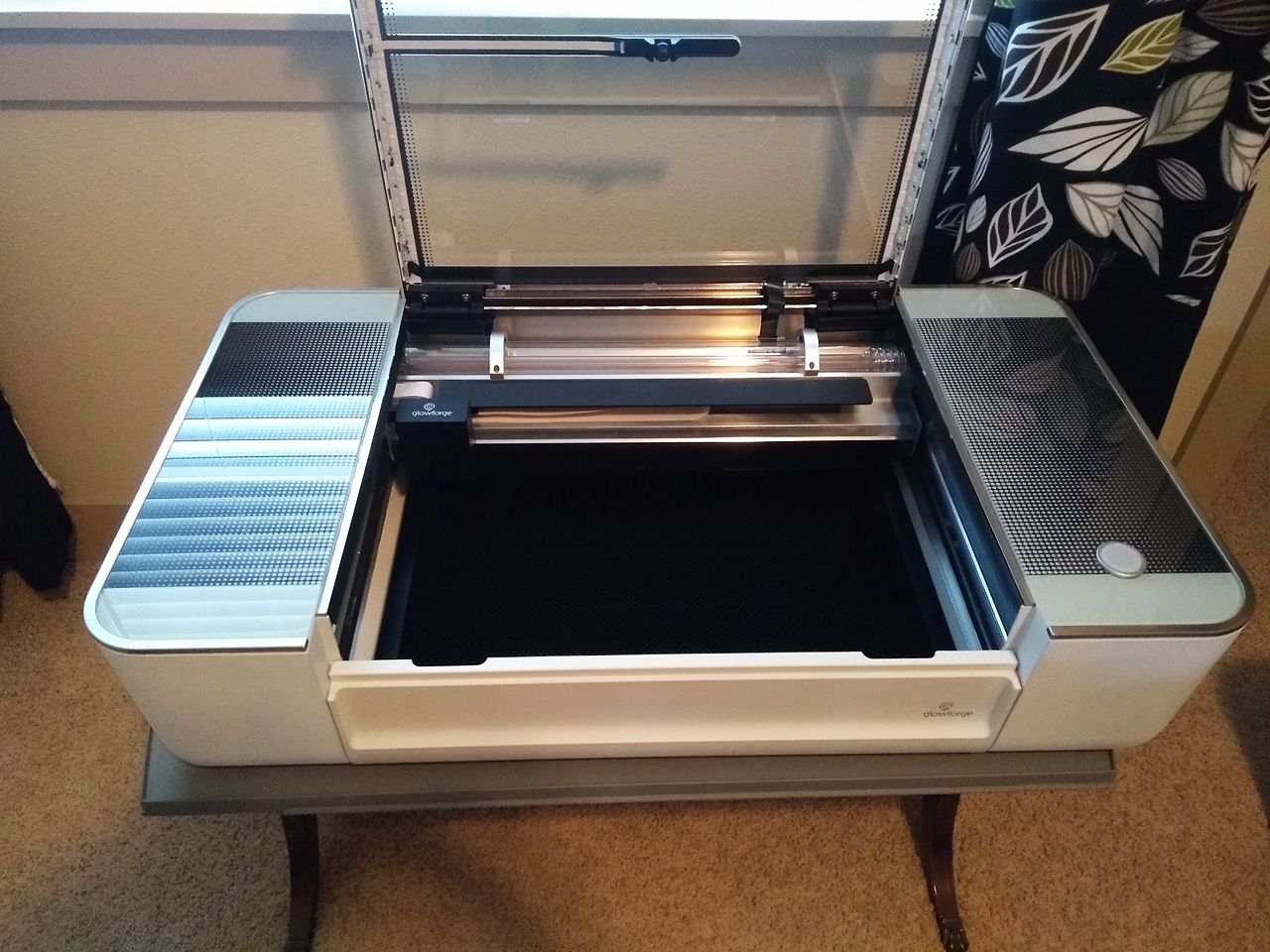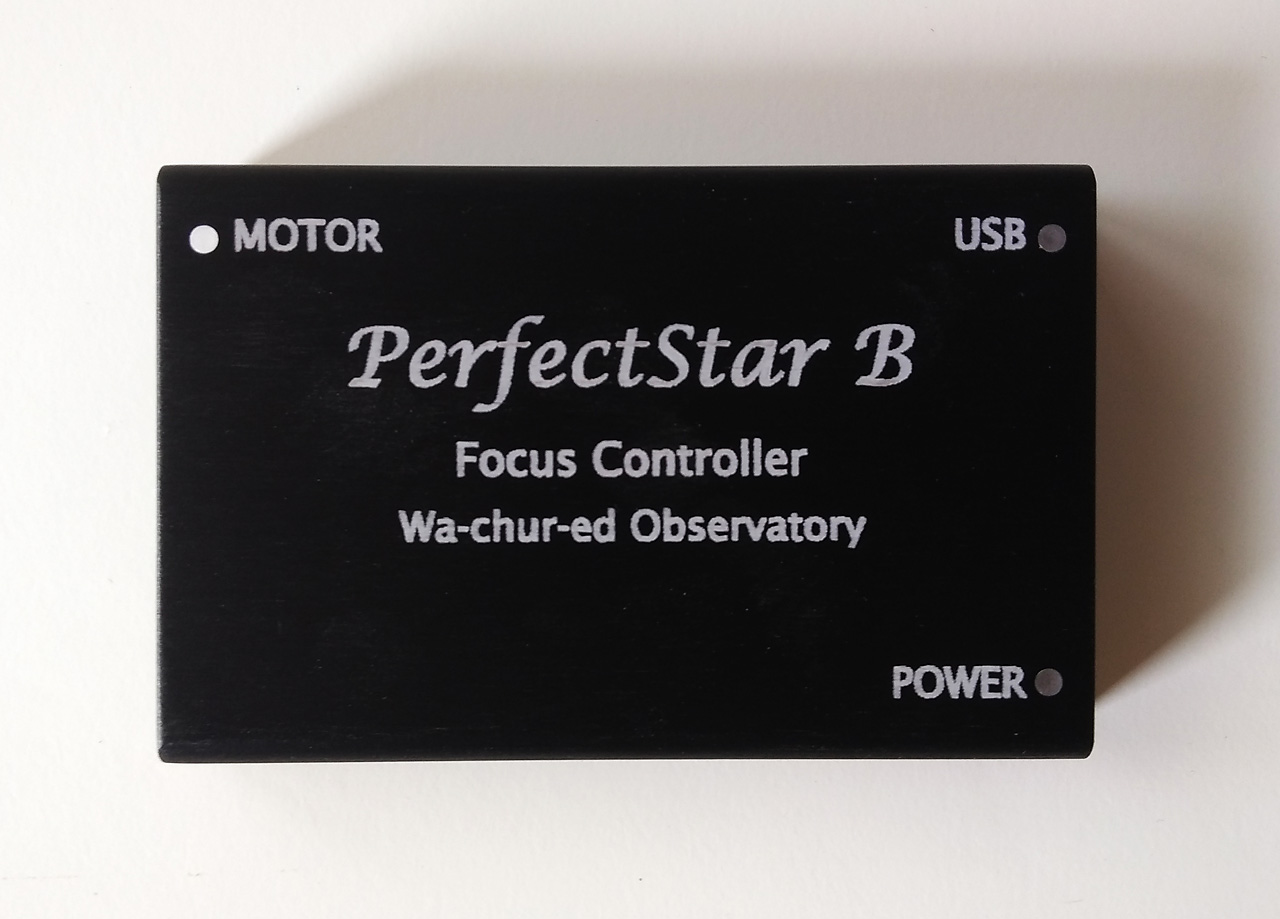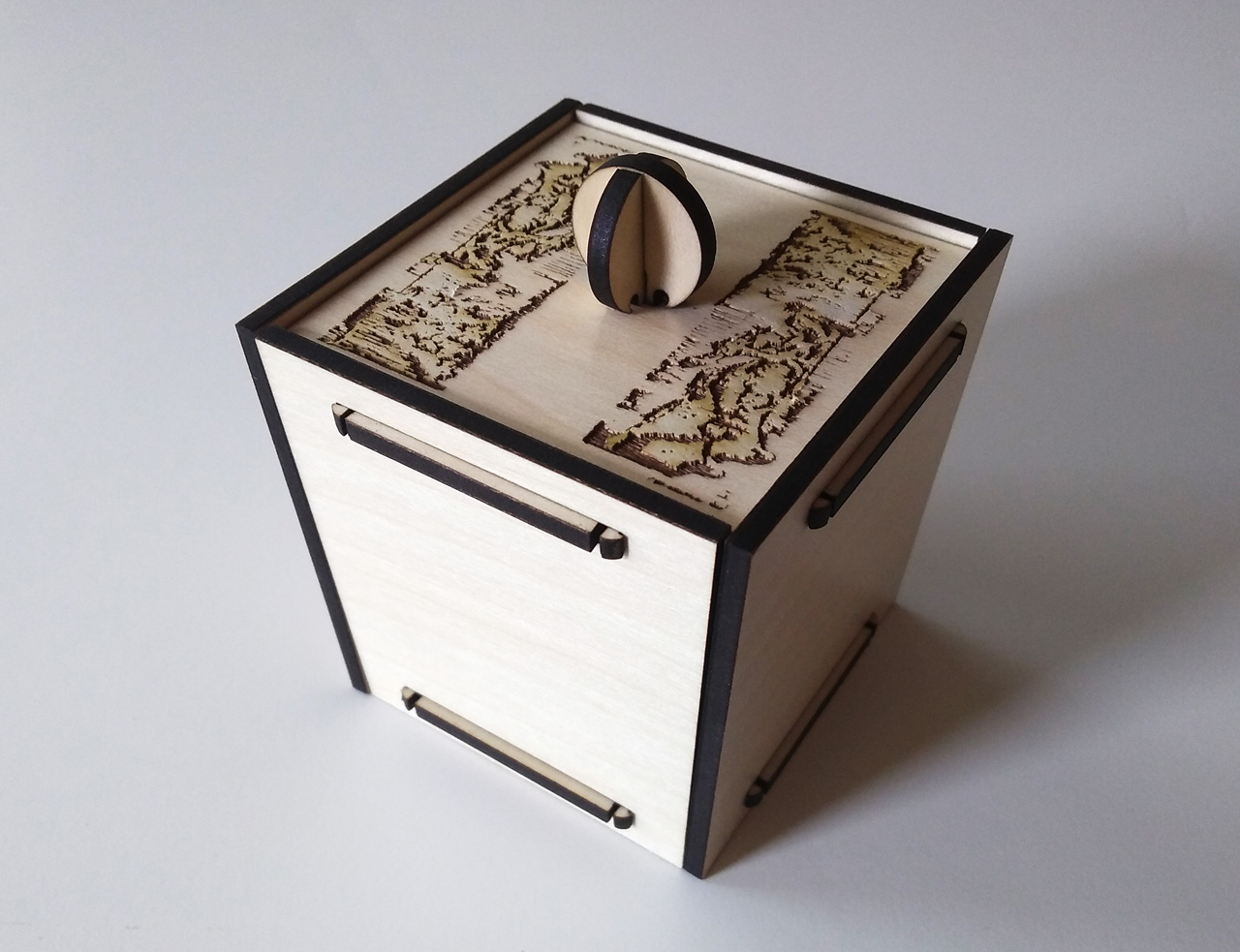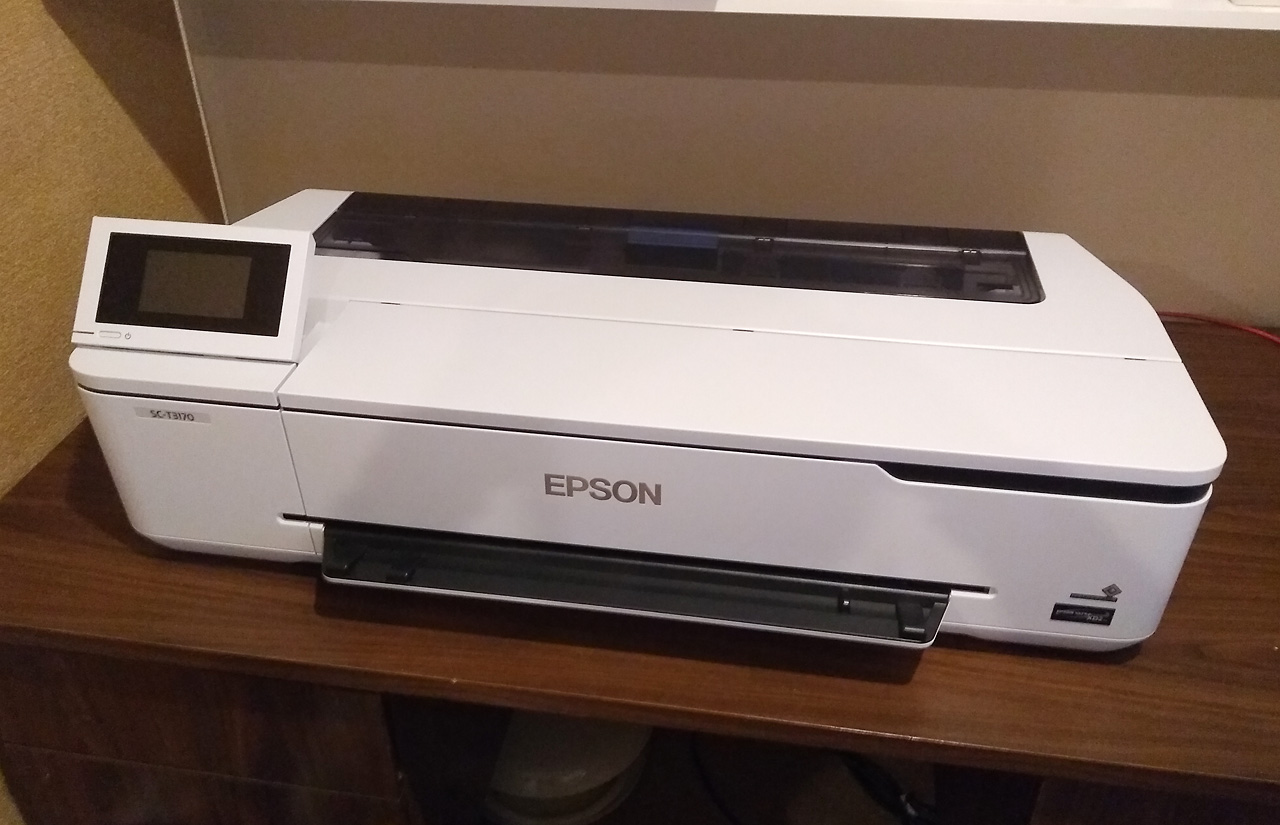There have been some pretty clear skies here lately, but I still haven’t done any astrophotography since January, and it’s not because of “social isolation”, I’ve just been working non-stop on a couple of new product development projects.
Unfortunately, I can’t tell you much about these new products. It’s not that I want to keep them secret, but they are products I’m developing for other companies, and my agreements with them do not allow me to talk about it. But I can tell you about some new tools I’ve acquired to manufacture these products.
Above is the Glowforge laser cutter/engraver – something I’ve been wanting to get for a long time. My primary purpose for this machine is to engrave the enclosures for my products, like this:
This particular piece is not very well done, but with a little practice it should get much better. And you can also do more fun things with the Glowforge, like this:
That’s a small box made of thin plywood (1/8″ thick), and snapped together. The Glowforge both cut the wood and engraved the images on the top. The image didn’t come out all the well. It’s a copy of a pen & ink drawing my wife made many years ago. We’re now looking for other art & craft projects we can do with this machine. It can cut a wide variety of materials, although only up to about 1/4″ thickness. And it can engrave even more materials, including anodized aluminum (such as my product enclosures), and glass.
The other new toy is a wide-format printer (up to 24″ wide), the Epson SC-T3170:
I can’t tell you exactly what I will use this for, but it’s almost certainly not anything you might imagine! It has also been very useful for normal printing of large documents. In particular, I have printed out the schematics for all the electronic products I’ve developed over the past 10 years. I no longer have to use a magnifying glass to read my schematics!
One of my projects involves a printed circuit board (PCB) with some very complex integrated circuits. In the past I have only used rather “low tech” parts that can be used in a hand assembly process. This is mostly because the market for astrophotography products is often not big enough to justify the setup costs of automated (machine) assembly. But this new product needs certain components that simply cannot be done with hand assembly. And, hopefully, it will have a large enough market to make it cost-effective to use machine assembly. So I have been talking to companies (electronic manufacturing services) to find the best one to handle production of this product. I want to give a shout-out to one of these companies, Fusion-EMS in Hillsboro, Oregon. They turned out to not be a good fit for my project, but they were amazingly helpful in analyzing the costs and reviewing my design for manufacturability. They even did some assembly of the most difficult part in my design on a few boards to assist in my prototyping efforts. Thank you, Fusion!



